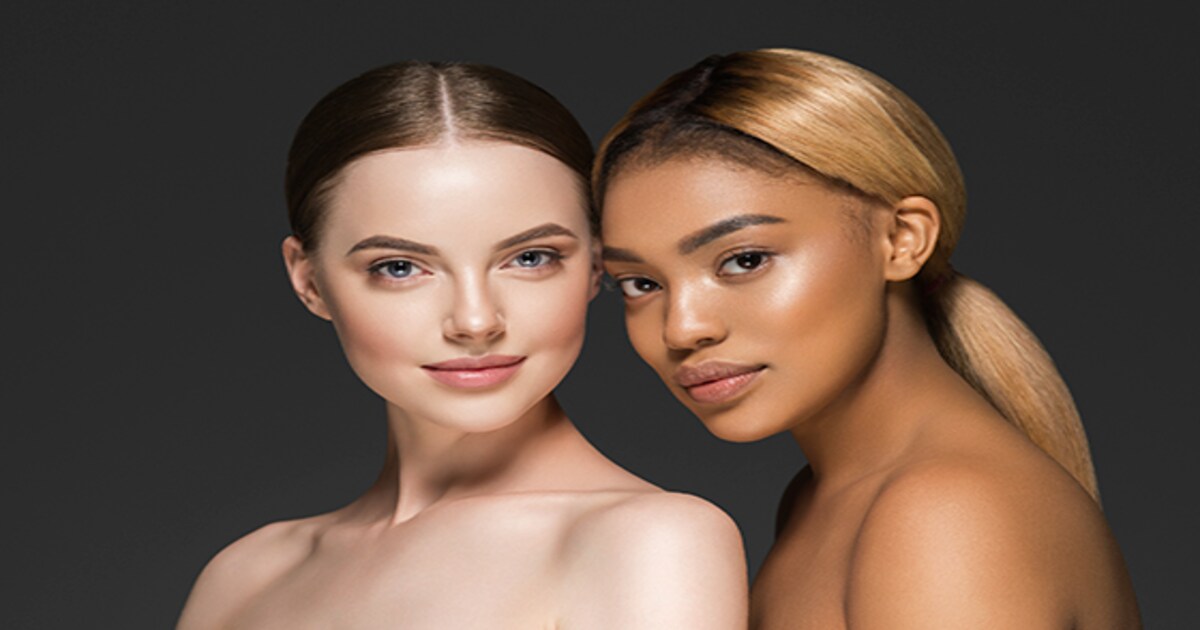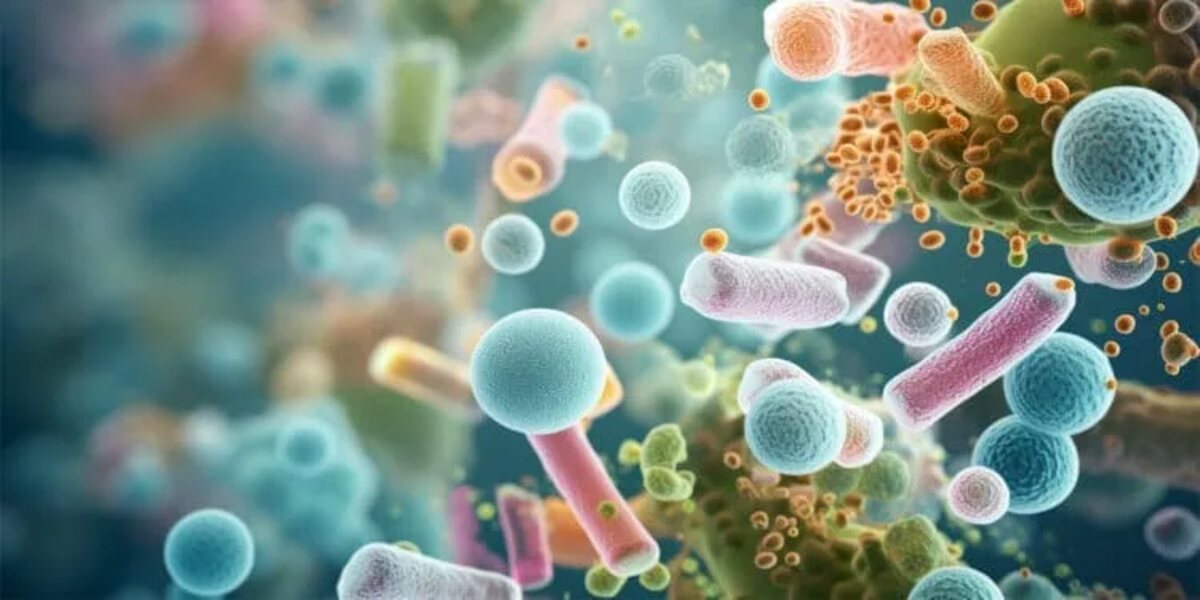Ever wondered why your eyes are the color they are? Join us on to learn what is melanin exactly – the pigment behind your eye and hair hues!
Eye color, a defining feature of our appearance, often serves as a key identifier in various aspects of our lives, from official documents like driver’s licenses and passports to personal identity.
Yet, the science behind what determines eye color remains a mystery to many. This article delves into the intriguing world of melanin, the pigment responsible not only for eye color but also for the hues of our skin and hair.
What is Melanin?
Melanin is a natural pigment produced by specialized skin cells known as melanocytes. These melanocytes are present in the skin, hair follicles, eyes, and various other parts of the body.
While everyone possesses the same number of melanocytes, the amount of melanin production varies from person to person. In simple terms, the more melanin a person produces, the darker their skin, hair, and eyes will be.
Types of Melanin
Melanin isn’t a one-size-fits-all pigment. It comes in three fundamental types: eumelanin, pheomelanin, and neuromelanin. Eumelanin is responsible for darker shades in skin, eyes, and hair and is prevalent in individuals with black or brown hair and eyes.
On the other hand, pheomelanin contributes to lighter skin tones and hair colors, often found in people with red or blonde hair.
Additionally, neuromelanin plays a role in brain health, providing protection against neurodegenerative disorders such as Parkinson’s disease.
Genetic and Environmental Factors
The amount and type of melanin a person has are genetically determined, shaped by their racial background and genes. However, external factors also play a significant role.
Hormone production, aging, sun exposure, and certain medical conditions influence melanin production.
For instance, melanin deficiencies or abnormalities can lead to pigment disorders like albinism, melasma, and vitiligo, each affecting the skin’s appearance in distinct ways.
The Crucial Role of Melanin
Melanin is not just about aesthetics; it serves crucial functions in the human body. Beyond contributing to diverse appearances, melanin acts as a vital adaptation to protect our skin from the harmful effects of ultraviolet (UV) rays from the sun.
When the skin is exposed to sunlight, melanocytes produce more melanin, which migrates to the skin’s surface, absorbing and dispersing UV radiation.
This process shields the deeper layers of the skin from potential damage, including sunburn and skin cancer caused by excessive UVA and UVB exposure.
The Value of Melanin
Dr. Dustin Portela, a board-certified dermatologist, emphasizes the importance of melanin. He states, “Having melanin is a positive attribute as it contributes to the diversity of human appearances and serves as a crucial defense mechanism against the harmful effects of the sun’s UV rays.”
Individuals with a genetic loss of melanin are at a higher risk of skin cancer, sunburn, and even blindness due to their reduced protection against UV radiation.
In conclusion, melanin, the pigment responsible for eye color, skin tone, and hair color, is a remarkable substance that not only adds beauty and uniqueness to our appearance but also plays a vital role in safeguarding our skin from the sun’s damaging rays.
Understanding the science behind melanin sheds light on the intricate processes that shape our physical traits and underscores the importance of sun protection for all individuals, regardless of their melanin levels.








Leave a Reply
You must be logged in to post a comment.